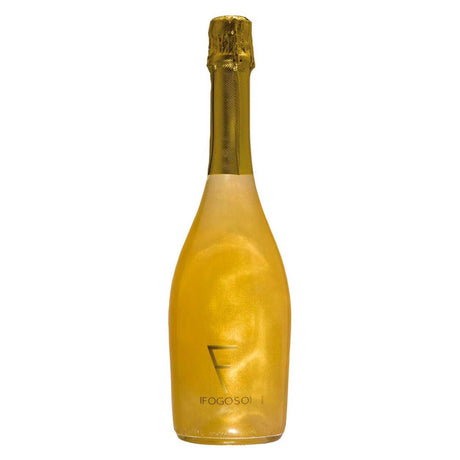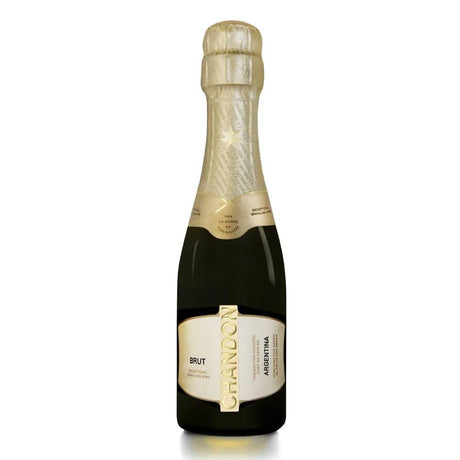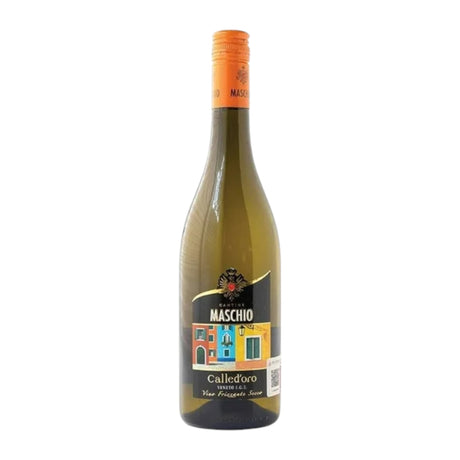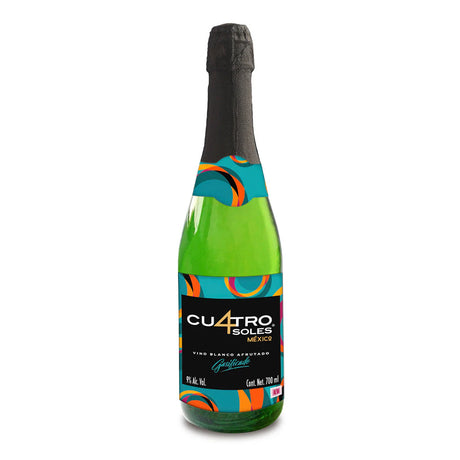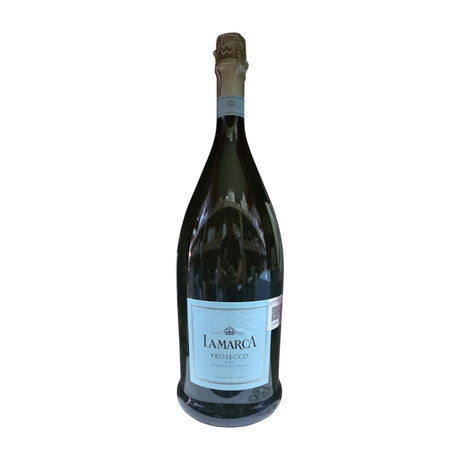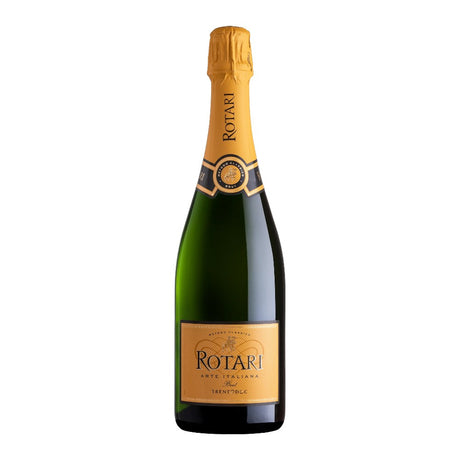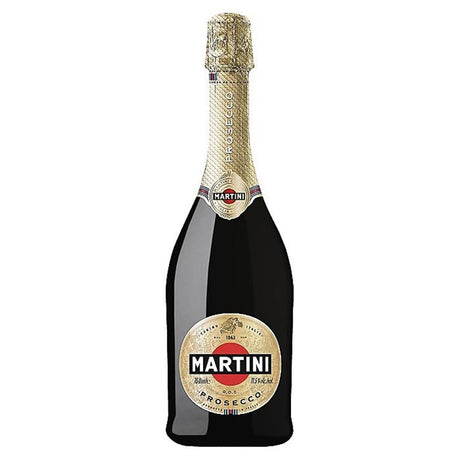Austria's bubbly elegance that's conquering the world
Every October 22nd, Austria is filled with toasts and bubbles to celebrate Austrian Sekt Day , a date dedicated to honoring its most emblematic sparkling wine: Sekt . This day celebrates not just a beverage, but an entire winemaking tradition that reflects the country's precision, character, and passion for quality.
In a world where Champagne and Prosecco often steal the spotlight, Austrian Sekt has earned its own place as a refined, vibrant, and authentically European expression of the art of sparkling winemaking.
The origin of Sekt: a story of elegance and precision
Austrian sparkling wine originated in the mid- 19th century when local winemakers began experimenting with the traditional French method of bottle fermentation. The combination of Austria's cool Alpine temperatures and diverse soils allowed for the creation of wines with exceptional freshness, balanced acidity, and fine bubbles .
Over time, Sekt became established as a symbol of national celebration. So much so that in 2017 Austrian Sekt Day was officially instituted, an initiative of the Austrian Wine Marketing Board to promote this product both within and outside the country.
What makes Austrian Sekt special?
The secret of Sekt lies in the quality of its grapes and its meticulous winemaking process. Austria primarily cultivates indigenous varieties such as Grüner Veltliner, Welschriesling, Pinot Blanc, Chardonnay, and Riesling , as well as some red varieties like Pinot Noir and Zweigelt , which contribute complexity and fruity nuances.
The winemaking process can follow two paths:
-
Traditional method (Champenoise): second fermentation in the bottle, which provides delicate bubbles and a creamy texture.
-
Charmat method: fermentation in tanks, ideal for younger, fresher and lighter wines.
Types of Austrian Sekt according to their quality category
In 2015, Austria implemented an official classification to guarantee the excellence and authenticity of its sparkling wine:
-
Sekt (Base): young, vibrant and accessible, perfect for enjoying every day.
-
Sekt Klassik: aged at least 9 months on lees, with more body and complexity.
-
Sekt Reserve: made only with Austrian grapes, with a minimum aging of 18 months in the bottle.
-
Sekt Grosse Reserve: the pinnacle of the style, aged for at least 30 months; its finesse and depth place it on par with French Champagne.
Each level of Sekt expresses a balance between artisanal tradition and oenological innovation, demonstrating that Austria can produce world-class sparkling wines.
Aromas, flavors and pairings
Sekt is a wine that awakens the senses. On the nose, it offers notes of green apple, citrus, white flowers, and brioche , while on the palate it combines vibrant acidity, fine bubbles, and a creamy texture that make it versatile for pairing.
Recommended pairings:
-
Soft or goat cheeses
-
Oysters, smoked salmon or ceviche
-
Fruit desserts or light tarts
-
Appetizers and light dishes at celebrations
A toast that transcends borders
Austrian Sekt Day is more than just a date on the calendar; it's an invitation to discover a sparkling wine that combines European precision, winemaking history, and a festive spirit . Each glass reflects the pride of a nation that has transformed its terroir and tradition into elegant bubbles.
So this October 22nd, raise your glass and celebrate the art of Austrian Sekt . Let its freshness and character transport you to the Alpine valleys and vineyards where it all began.
Toast in style and discover the variety of sparkling wines and champagnes we have for you at Champagne – Vinosylicores.com. Celebrate the taste of every bubble, with the best online selection.

